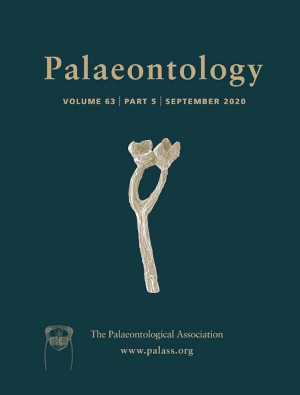Reg. Charity No. 1168330

Morphological variation (disparity) is almost invariably characterized by two non‐mutually exclusive approaches: (1) quantitatively, through geometric morphometrics; and (2) in terms of discrete, ‘cladistic’, or categorical characters. Uncertainty over the comparability of these approaches diminishes the potential to obtain nomothetic insights into the evolution of morphological disparity and the few benchmarking studies conducted so far show contrasting results. Here, we apply both approaches to characterizing morphology in the stem‐gnathostome clade Osteostraci in order to assess congruence between these alternative methods as well as to explore the evolutionary patterns of the group in terms of temporal disparity and the influence of phylogenetic relationships and habitat on morphospace occupation. Our results suggest that both approaches yield similar results in morphospace occupation and clustering, but also some differences indicating that these metrics may capture different aspects of morphology. Phylomorphospaces reveal convergence towards a generalized ‘horseshoe’‐shaped cranial morphology and two strong trends involving major groups of osteostracans (benneviaspidids and thyestiids), which probably reflect adaptations to different lifestyles. Temporal patterns of disparity obtained from categorical and morphometric approaches appear congruent, however, disparity maxima occur at different times in the evolutionary history of the group. The results of our analyses indicate that categorical and continuous data sets may characterize different patterns of morphological disparity and that discrepancies could reflect preservational limitations of morphometric data and differences in the potential of each data type for characterizing more or less inclusive aspects of overall phenotype.